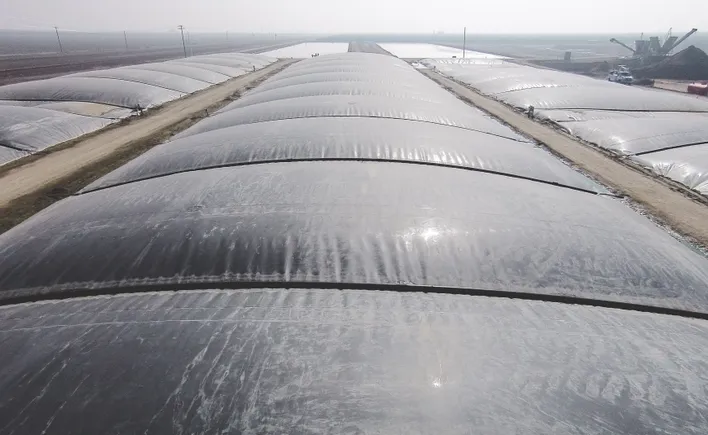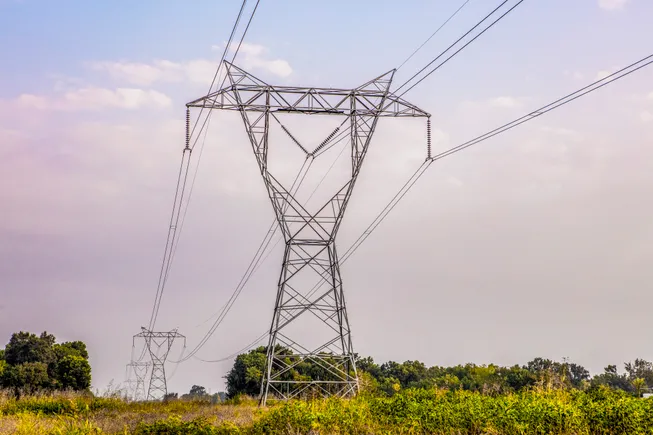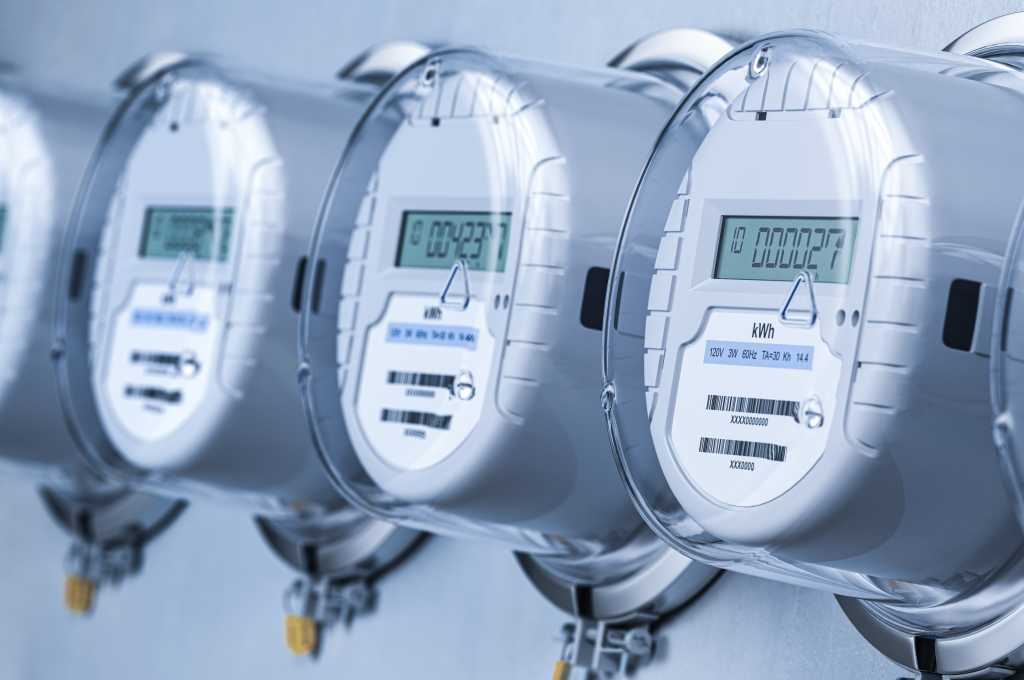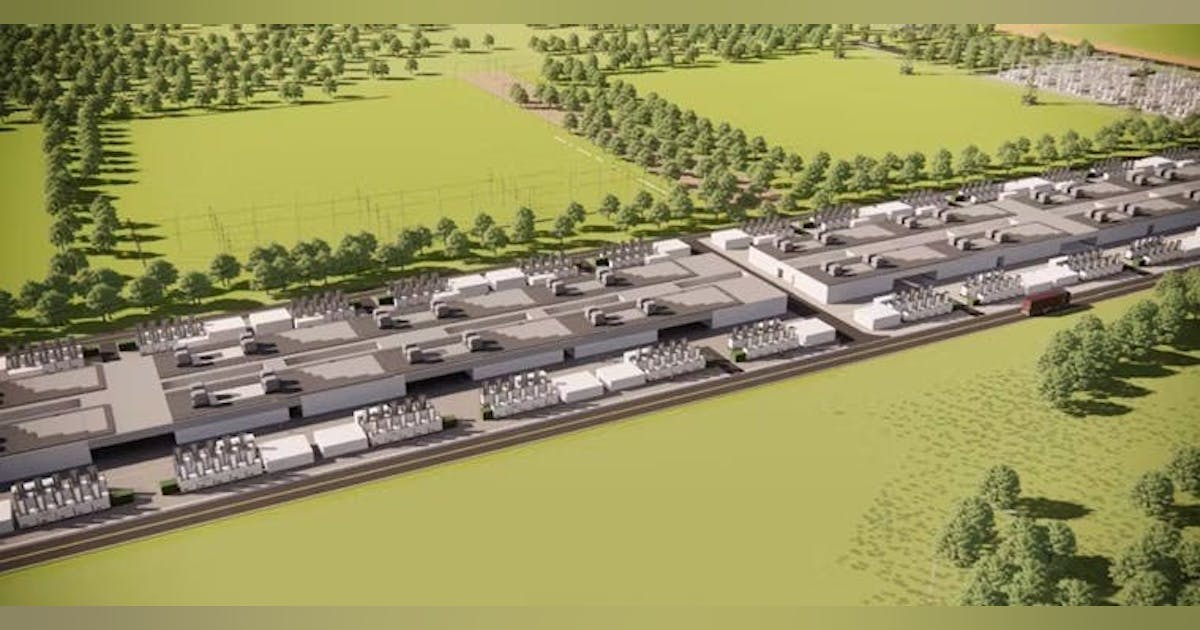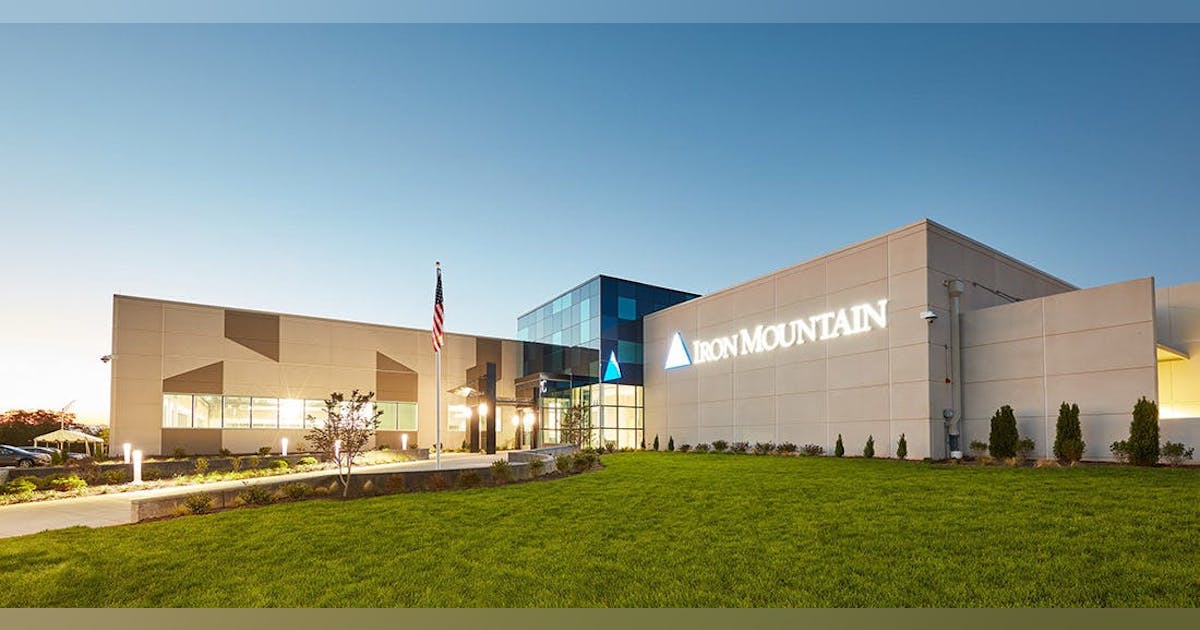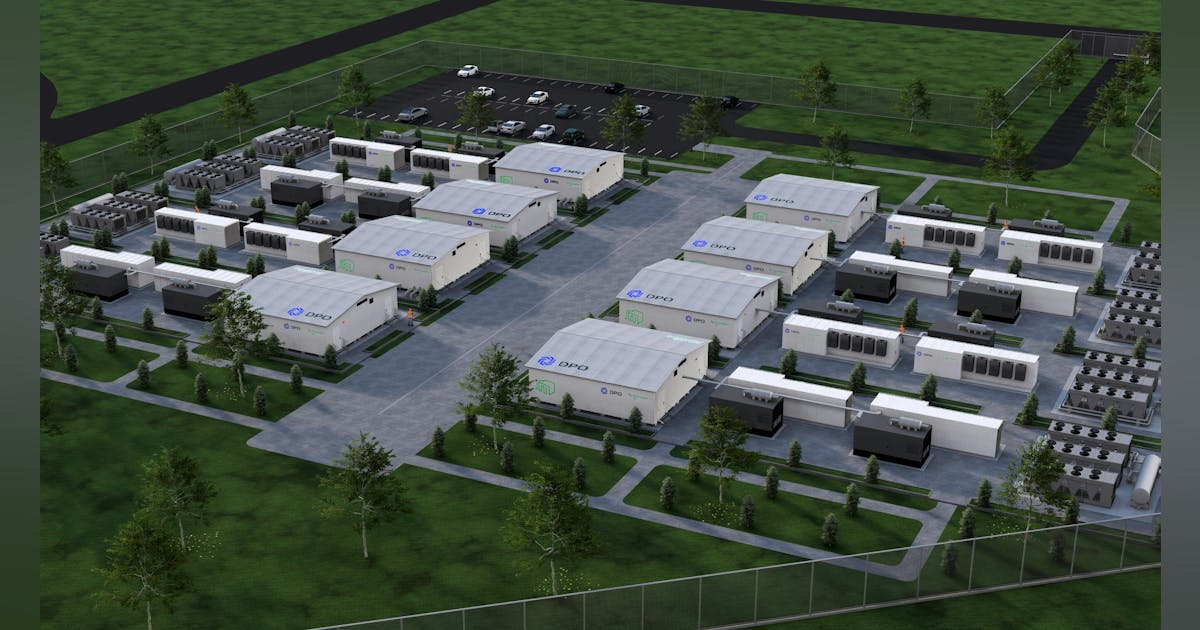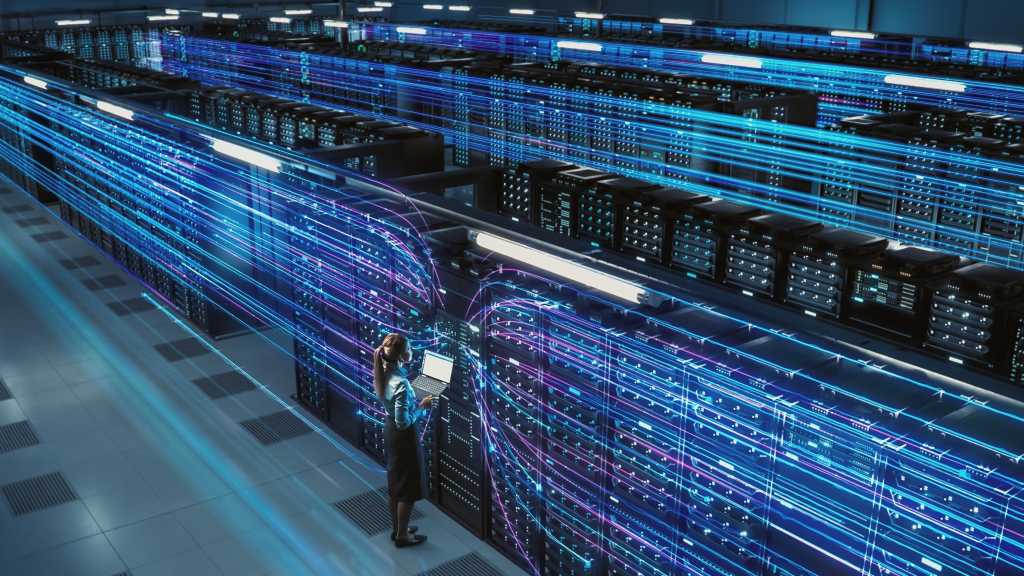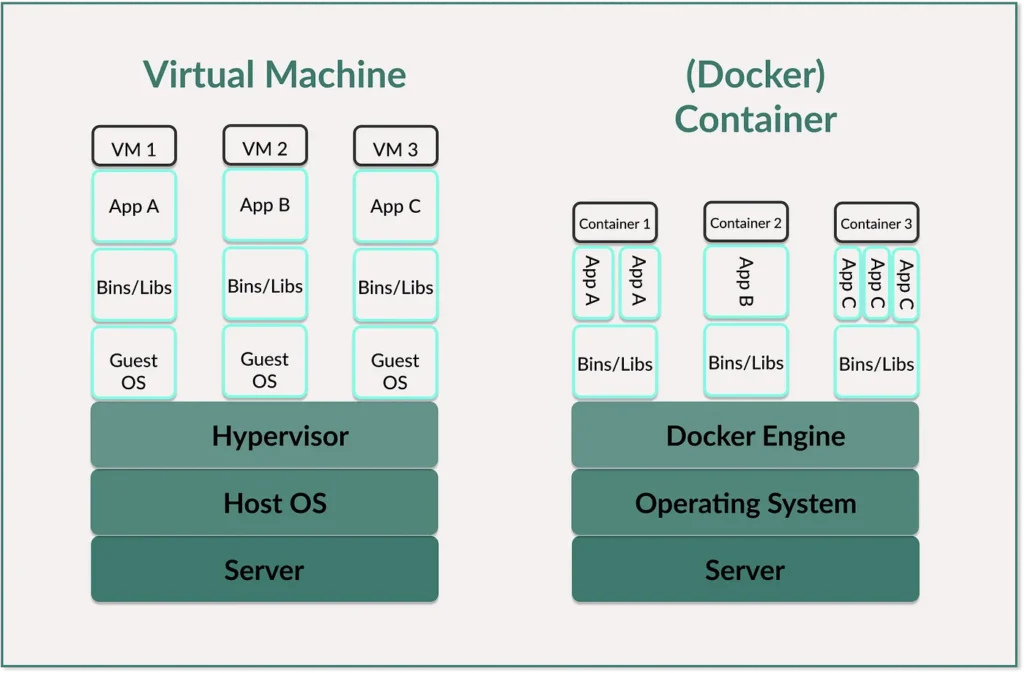
Treasury Secretary Scott Bessent said the US aims to squeeze Iran’s oil exports to less than 10 percent of current levels as President Donald Trump renews a campaign of “maximum pressure” on Tehran’s nuclear program.
“We are committed to bringing the Iranians to going back to the 100,000 barrels-a-day of oil exports” shipped during Trump’s first term, Bessent said in a Friday interview with Fox Business. The country is exporting 1.5 million-1.6 million barrels per day now, he said.
Bessent also said he would escalate sanctions on Russian energy if asked to do so by the president. Oil futures jumped after his remarks, with Brent crude trading as much as 1.1 percent higher at $75.85 a barrel.
Last week, Trump signed a directive intended to ramp up economic pressure on Iran, renewing the tough stance taken during his first term, in an effort to prevent the Islamic Republic from obtaining a nuclear weapon.
Oil revenues are enabling Iran to fund “terrorist activities around the world,” Bessent said.
“The Chinese, perhaps Indians, are buying the sanctioned Iranian oil, and that is unacceptable,” he told Fox Business.
Squeezing exports to 100,000 barrels per day will leave Iran in “severe economic distress,” Bessent said. The country’s internal numbers show its economy is “quite fragile right now” as a result of “massive inflation” and a “gigantic budget deficit,” he said.
The treasury secretary’s comments struck a slightly harder tone than that adopted by Trump, who said last week he was reluctant to sign the order targeting Iran and hoped for an agreement to avoid its implementation.
In the days leading up to Trump’s inauguration Jan. 20, oil refiners in Asia scoured for alternative supplies in case his administration crimped access to Iranian or Russian barrels. But some of those concerns ebbed after the announcement of his first measures, which concentrated on just three tankers.
For the time being, the OPEC member’s production remains resilient. Iran pumped an average of 3.32 million barrels a day of crude in January, close to the highest level since Trump launched his previous crackdown in 2018, according to data compiled by Bloomberg.
WHAT DO YOU THINK?
Generated by readers, the comments included herein do not reflect the views and opinions of Rigzone. All comments are subject to editorial review. Off-topic, inappropriate or insulting comments will be removed.
MORE FROM THIS AUTHOR
Bloomberg









